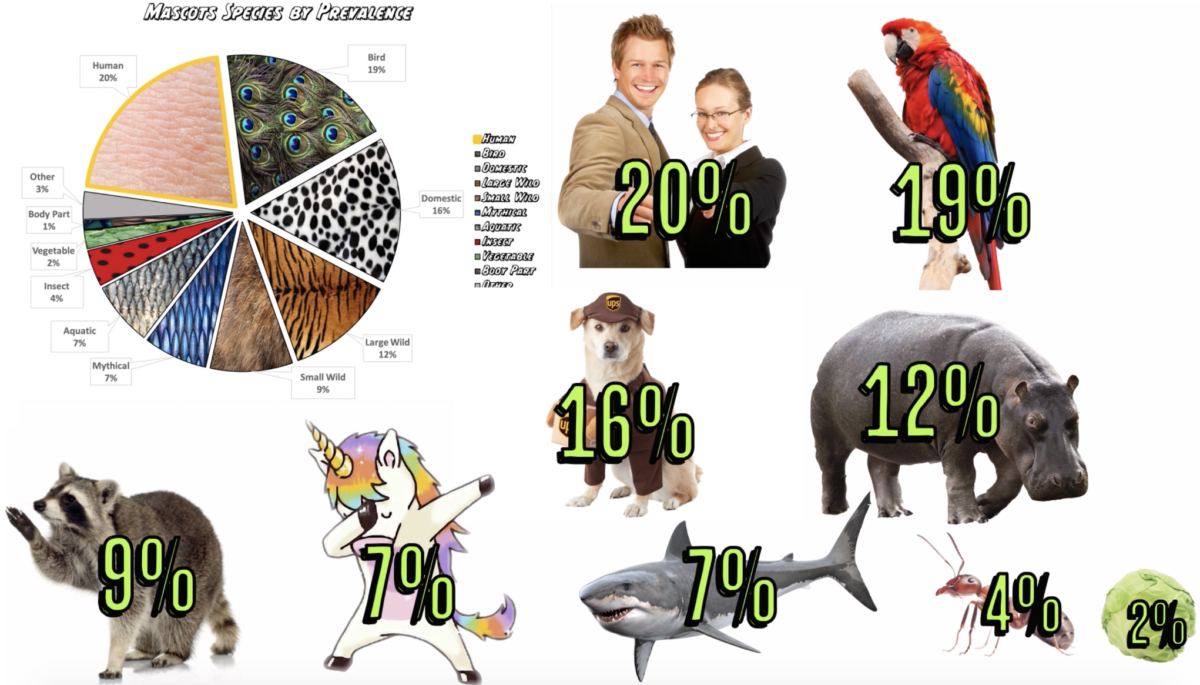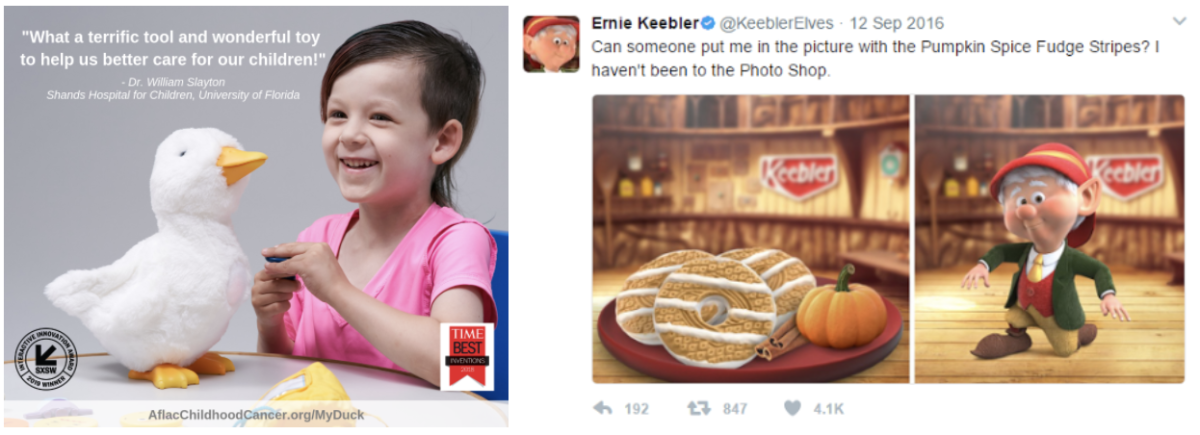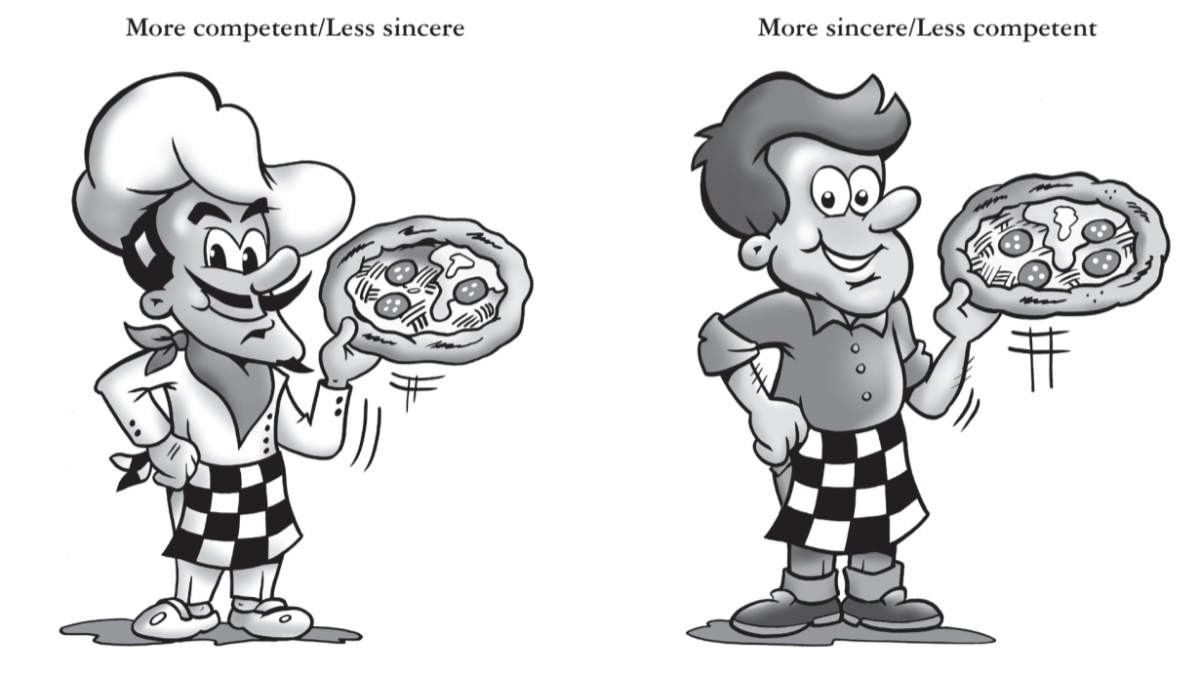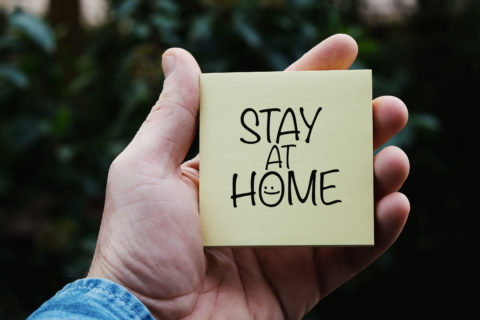We hope that when you read this article, you’re looking at a cereal box. Gaze into the cartoonishly wide eyes, luscious colorwork, and cheesy smile of your favorite character and try your best to truly appreciate them. Because they’re shaping the world as we know it.
Research shows us that mascots – the bright, zany brand ambassadors that inhabit our screens and magazines – drive higher sales, lower price sensitivity, and improve ad memorability, due to their activation of deeply embedded mental structures. Despite their modern clout, mascots debuted somewhat inauspiciously, as a loanword from the 19th century French “mascotte”, referring to a witch’s enchanted trinket. As they’ve become towering figures (often literally) in our media, culture, and shared imagination, the ubiquity of these animal and humanoid spokesfigures raises a question – how are they so effective in building brand value? How do they work their inhuman magic?
Why are mascots so powerful? Thank evolutionary psychology
Since the beginning of time, humans have used “anthropomorphization” – projecting human characteristics onto animals or inanimate objects – to predict behaviors and outcomes in what were often life or death situations. Whether a wolf’s smile was at your dinner or because you were dinner, or a cow’s stern moo promised a healthy harvest, reading others proved a key survival instinct. Myths and folktales personified these creatures further, to symbolically encode and distribute this knowledge in an intuitive way. This trait remains hardwired into our unconscious thought processes and has profound implications for how we see the world.
Given our social interest in discerning motives, humans are the most popular mascot species of all, making up 21% of brand mascots. These real or stylized versions of humans, like Colonel Sanders, the Coppertone Girl, and the Pillsbury Doughboy connect with us personally since they are us. This group is followed by birds at 19%, domestic animals like Hello Kitty and Elsie the Borden Cow at 16%, and trailed by the other categories seen in Figure 1. Similarity drives trust, so more human-like characters get more airtime.

Mascots come bearing gifts
The unique appeal of mascots also offers financial benefits. Analysis in 2019 of over 13,000 ads found that ads with characters outpaced their peers in new customer gain by 8.9%, in market share gain by 11.2%, and profit gain by 7.9%. Anthropomorphism also heightens willingness to pay. In one study, participants were willing to pay 7% more in an auction for a tablet, if it was depicted with a face during the bidding process. Major brands use this feature to great effect. When Aflac debuted “My Special Aflac Duck,” a comforting electronic toy for children in cancer treatment, it generated 81 million social media impressions, drove coverage on Good Morning America that reached a further 28 million, and total new sales for the company grew 2.3% for the next two quarters.

When Keebler launched a campaign featuring a tech challenged Ernie the Elf making his foray into social media, it proved wildly popular, increasing 328% social media conversation from pre-campaign levels, and raising sales nearly 16% following years of decline. The availability heuristic tells us that as humans, we’re biased into thinking of easily recalled things more positively– and data shows that ads with branded characters have a 60% baseline advantage in people’s ability to recall the brand associated with the ad over those that lacked a mascot. So how can you go about creating a mascot that resonates with consumers?
To earn brand love, be sincere and excited
It turns out we’re most enticed by characters that show sincerity and excitement. Research finds that spokescharacters designed to look sincere and excited generate higher brand attitude, brand trust, and willingness to pay a price premium when employed in marketing. In one study, subjects were presented with two hypothetical mascot chefs, one wide-eyed, friendly and focused on staff, the other highly competent and emphasizing the quality of food. They overwhelmingly chose the former, despite less emphasis on the ingredients, because we trust kindness more than competence. Perhaps there’s a broader business lesson there too?

Life imitates art
The connection forged between humans and mascots is so significant, it can even alter our daily behavior. Sometimes, we act like them. One paper found that upon anthropomorphizing the Krispy Kreme brand, subjects were 54% more likely to take the elevator over the stairs in a hypothetical scenario, reflecting the less active company identity. In other situations, we act for them. A paradox exists for brands seen more as “servants” for consumers. In studies, students who anthropomorphized the Discovery Channel brand did 20% worse on practice SAT questions than those who didn’t. Meanwhile subjects who imagined the “safe” Volvo brand as a character were 48% more likely to take risky bets in a gambling scenario. This happens because when a “servant” is liked, consumers contrast their behavior with those they expect from the brand, to signal they need its help. Much remains to be learned here, but the influence exerted by personified brands shows remarkable promise.
A hidden opportunity
Despite their immense potential to boost familiarity and sales, mascots remain tragically underemployed. A long-running study found that while about 41% of ads in 1992 featured a character or slogan, by 2016, that number had fallen to only 12%. Social-media ads have an especially low rate, coming in at less than 25% across platforms – suggesting marketers aren’t taking full advantage of the opportunities mascots present. Perhaps due to the seeming oversaturation, marketers felt characters had lost their potency with new generations of consumers – but they were mistaken.
If reading this article has whetted your appetite for mascot information, we recently devoted an episode of our YouTube series Double Talk to cover them in more depth (and fur). In uncertain times, it may pay to keep calm, and unleash your brand’s caged animal spirit.


